Here’s a helicopter-like aircraft you might actually consider. I have often reviewed what I call multicopters (several articles). I searched for aircraft you might fly for fun; several of them can enjoy the freedom and special benefits of Part 103. I’ve stayed away from commercial “air taxi” projects.
 But what if a longtime producer of Light-Sport Aircraft entered the space? What if the aircraft looked like a helicopter but one you could fly without the steep learning curve? What if it offered 45 minutes of flight with a 15-minute reserve?
But what if a longtime producer of Light-Sport Aircraft entered the space? What if the aircraft looked like a helicopter but one you could fly without the steep learning curve? What if it offered 45 minutes of flight with a 15-minute reserve?
The earliest entries had short flight times, 15-20 minutes. Most of them cost too much. For example, Opener’s Blackfly (now called Helix) was first promoted at the cost of a “luxury SUV,” perhaps meaning $80,000 at the time. It has since more than doubled in price.
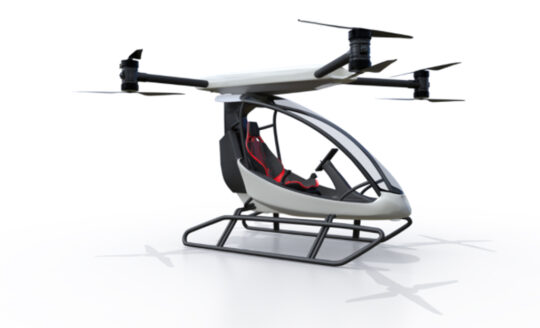
From the people that manufacture Powrachute powered parachutes, here comes Velocitor X-1.
You may doubt or dislike these flying machines, especially when you don’t know the people behind the projects. To my knowledge, no entries to-date have emerged from “our industry.”
That’s changing.
Consider Velocitor
Velo X Aerospace is a new venture, the brainchild of light aircraft industry veterans Galen Geigley and Jeff Williams. These names have long been associated with Powrachute, the leading producer of powered parachutes with more than 2,000 aircraft delivered (see video below). These two and their growing team are people who enjoy the same aircraft you do.
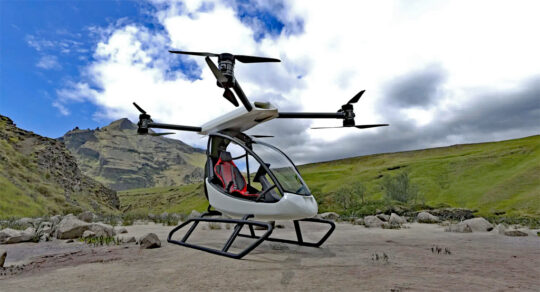
Look at the nearby renderings. A prototype is flying now in tethered radio-controlled flight. Two more development aircraft will follow in preparation for the coming Mosaic regulation. Galen said they expect to fit in as a helicopter or powered-lift aircraft; both categories are included in the proposed new rule.
Going this regulatory route means Velocitor does not have to meet Part 103’s restrictive rules. This allows a strong fuselage with enough battery energy to give you a reasonable flight time. It also means the aircraft can be recharged with a single plug. Batteries don’t have to be swapped out as on other entries.
Eight motors on four booms offers safety redundancy; other models use up to 18 motors with a battery for each.
Velocitor’s empty weight is about 500 pounds but it has four times more battery energy than other entries.
Velocitor Factoids:
Larger batteries allow 45 minutes of flight time with a safety reserve of 15 minutes.
Under expected Mosaic rules, the single-seat Velocitor X-1 can deliver aerial enjoyment around town or over scenic terrain.
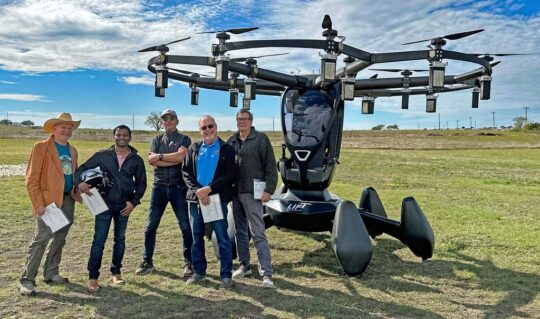
Among competitors (more below), Lift is taking a different approach with their Hexa. Several people with no prior experience have flown it successfully and the company is planning to offer introductory flights at “Vertiports.”
Velocitor is operated by the pilot with a “collective” control on the left governing ascent and descent. On the pilot’s right is a joystick moving the usual ways but also twisting for yaw control. No rudder pedals are needed.
This machine was not designed to do the flying for you; as pilot, you choose where to fly although a sophisticated LiDAR system will help avoid obstacles such as power lines, trees, and structures.
“Velocitor X-1 features auto take-off and landing capabilities,” said Galen, in coordination with a Garmin 760 and its autopilot capability.
“With eight propellers and motors plus multiple controllers, and batteries, there is no single point of failure that cannot be compensated for, allowing for a safe landing,” said Galen. “A very robust computer with three levels of redundancy handles the fly-by-wire controls.”
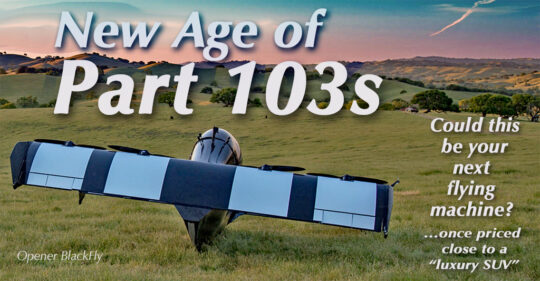
Earlier entries in the eVTOL or multicopter field were innovative but not produced by people from the light aircraft industry. Opener’s Blackfly is now Helix by Pivotal.
Capable of cruising up to 70 miles per hour, Velocitor is speed limited so pilots don’t get in over their head; it could reach 120 miles per hour, engineers calculate.
Slowing to a hover to check out the scene below, Velocitor will hold position using GPS input. “Simply release the controls and it will maintain its position,” Galen added.
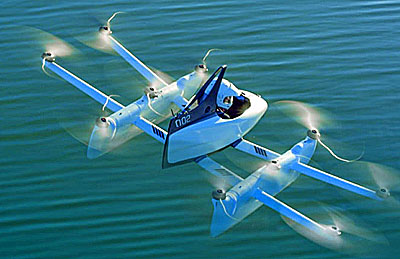
Since discontinued, Kitty Hawk Flyer was a first entry using Part 103. This second-generation model never made it to market.
A rapid-deployment ballistic parachute system has been demonstrated after dropping from a 200-foot-tall crane; deployment uses five ballistic rockets to extract and pre-open the parachute. In tests, video shows it opens very quickly. “The system identifies loss of control and triggers a series of safety measures including parachute deployment,” explained Galen.
After flying for 45 minutes, Velocitor X-1 can charge up to 80% in less than one hour using existing automobile charging solutions. The design team is leveraging a growing system for EV cars. Charging with household current will take 8-10 hours, Galen estimated.

Jetson gained early recognition as an aircraft regular pilots might enjoy. We are still waiting to see a flying model in the USA though the company reports 462 orders.
While most Part 103 multicopters state prices from $200,000 to $400,000, Velocitor is forecast at $150,000. While this won’t meet all budgets, it is one of the most “affordable” of these eVTOLs I have seen.
“Our plan is to make our reveal at EAA AirVenture Oshkosh 2025,” noted Galen. “Here we plan to introduce the world to Velo X Aerospace’s Velocitor X-1 and open the books for pre-orders.” The plan is to ship their first aircraft and begin full distribution by end of year 2026.


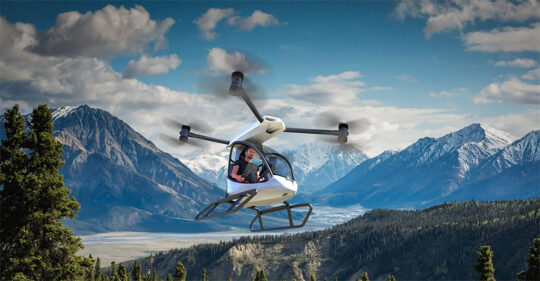

If they can start getting these to land on top of buildings. People would flock to these for alternative commuting.
This is exciting news, I really like the configuration of this vehicle, 8 motors (no more) and mounted high above the cabin. However, it certainly feels like we’ve seen this song and dance before, meaning the price and availability dates. Still, I’m hopeful.